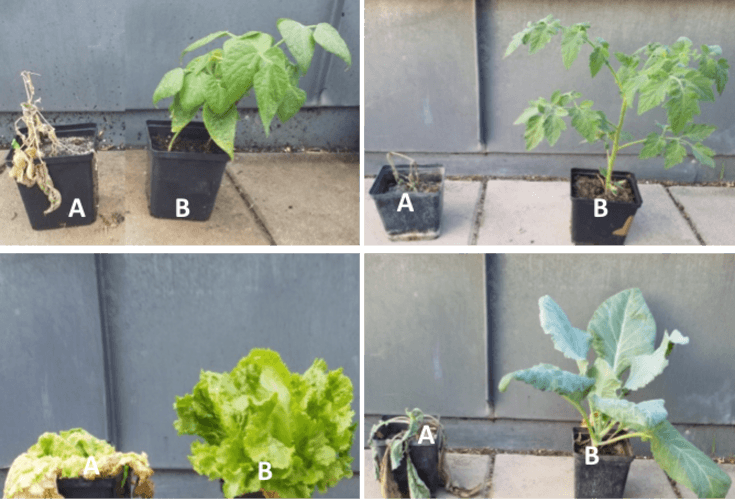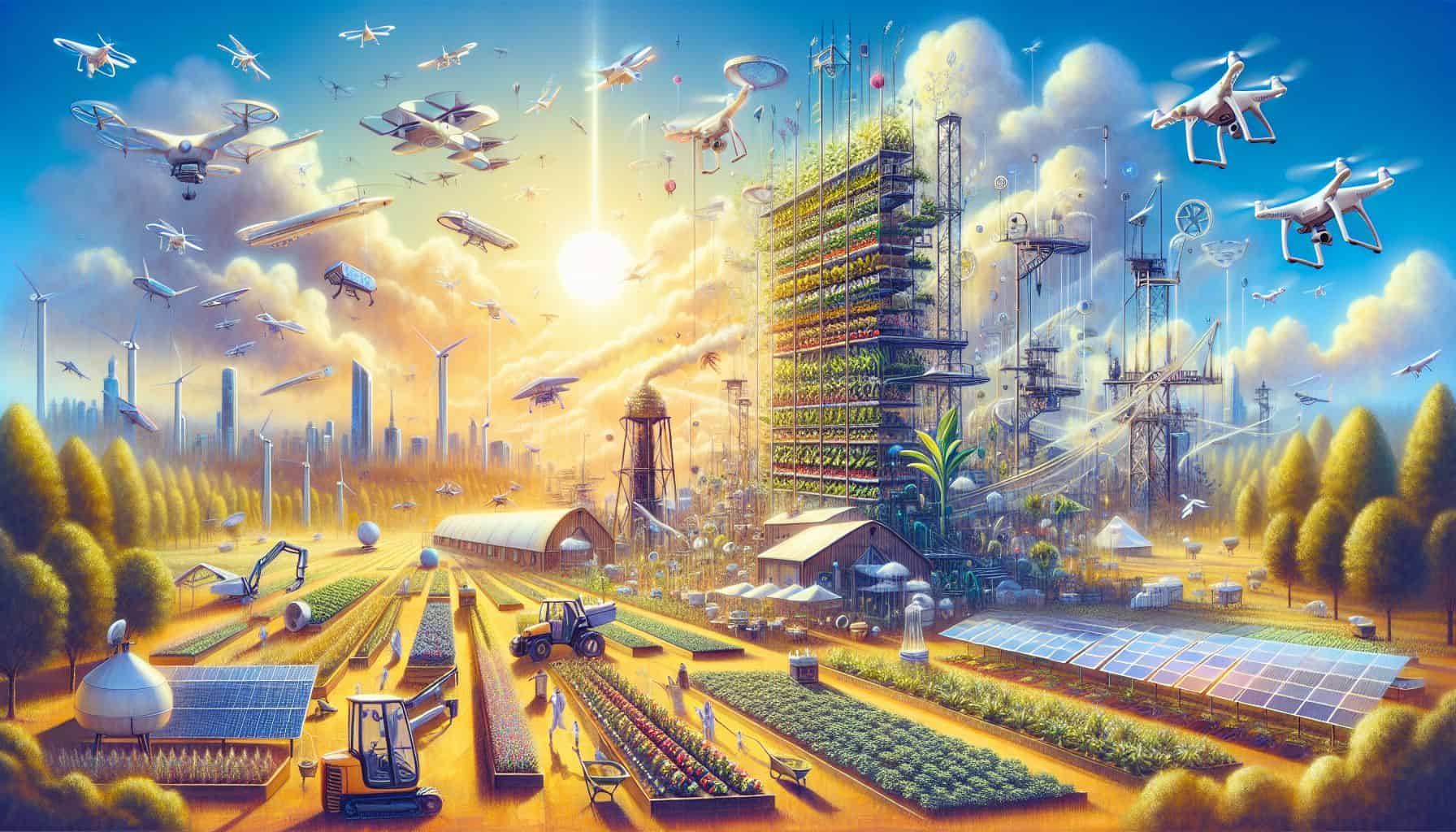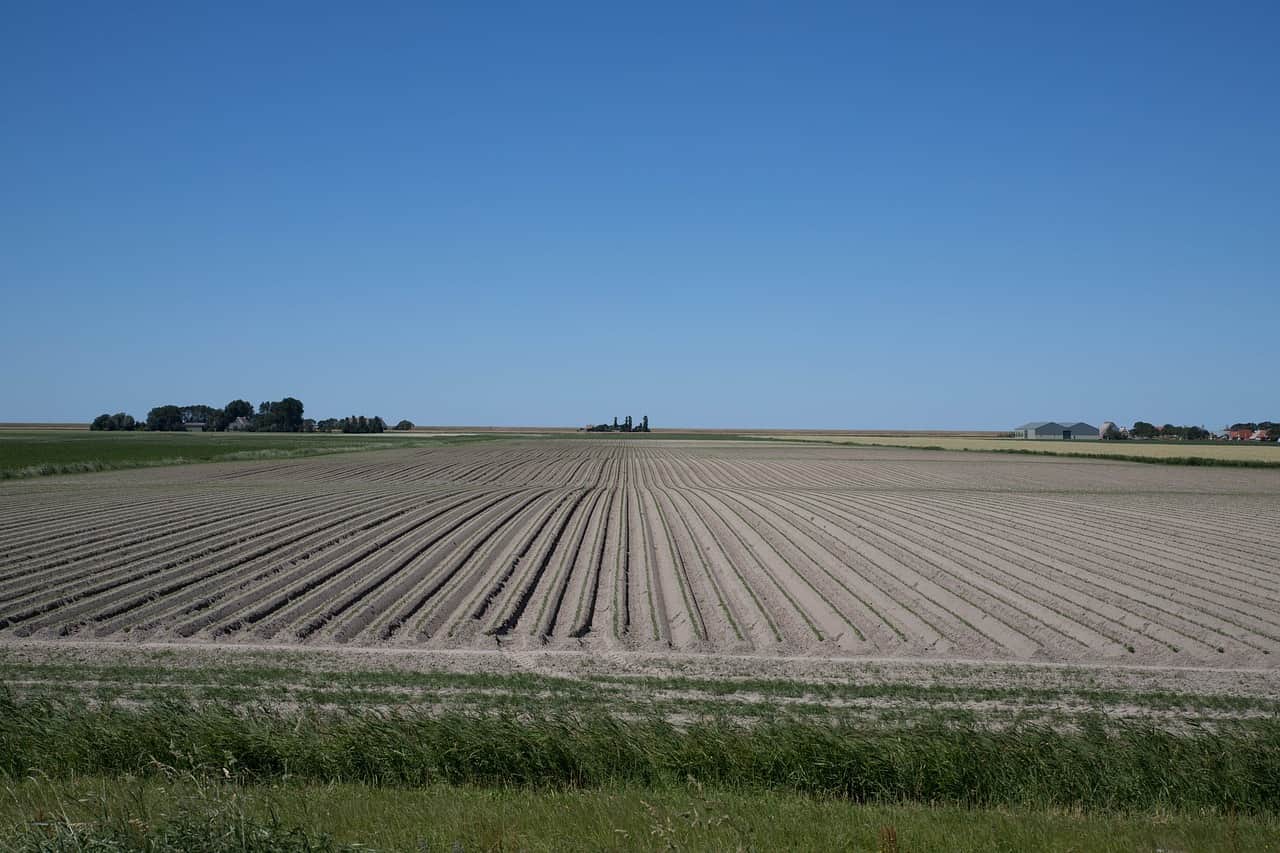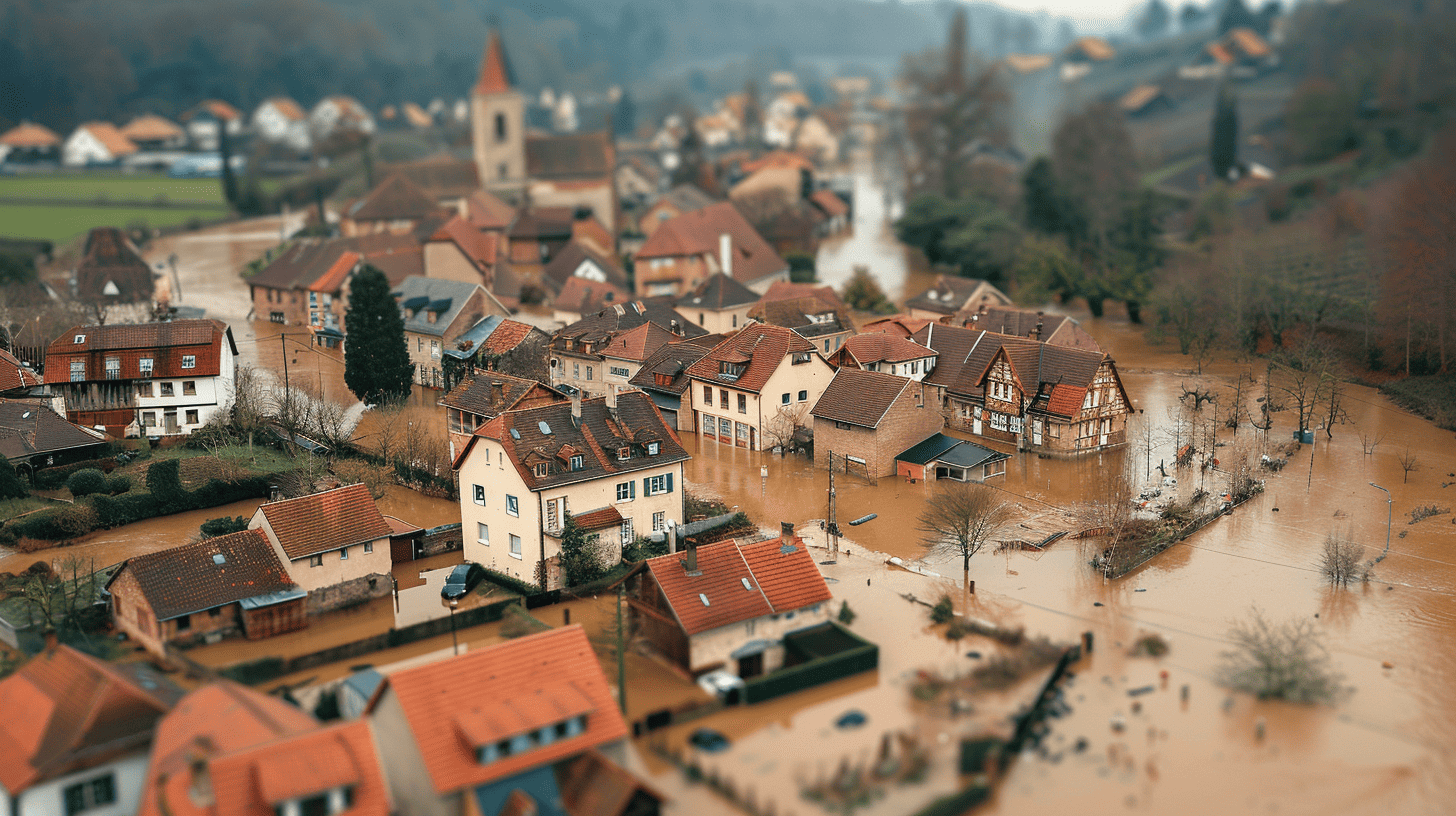
According to meteorologists, the summer of 2020 could be the third summer of drought in a row. In Germany, the east and southeast will be hit particularly hard once again. A catastrophe for the forests and agriculture. The latter accounts for more than 70% of the world’s total freshwater consumption. Three-quarters of farmers are completely dependent on rainfall.
As a result of global warming, however, this rainfall has been increasingly absent for ever-longer periods of time. The consequences are more prolonged periods of drought, loss of arable land, and desertification. All this in turn means that people’s food security suffers as farmers lose their livelihoods.
New type of hydrogel as a solution
A workaround could be to store water so that it can be used during periods of drought. One way to do this is to use so-called hydrogels. These polymeric materials can absorb large amounts of water and release it gradually back into their environment. Biotechnologists at the University of Natural Resources and Life Sciences (BOKU) in Vienna, Austria, have now succeeded in developing a new type of hydrogel that is based entirely on natural raw materials that can store larger quantities of water than any other hydrogel known to date. Consequently, it not only facilitates irrigation and long-term improvement in soil quality but also offers the possibility of targeted fertilization.
The scientists say that soils mixed with this biohydrogel could absorb water up to 95% and thus reduce irrigation by as much as 40%. With this new type of biohydrogel, droughts can be mitigated and irregular water supply can also be managed. But it is also possible to convert soil that is not actually suitable for agriculture, such as sandy soil, into agriculturally productive soil. “Unlike conventional hydrogels, our innovative product is fully biodegradable and also improves soil quality in terms of permeability, density, structure, texture, and humus content,” explains Gibson Nyanhongo, head of the research team at BOKU.
A wealth of properties
Yet the biohydrogel is much more than just a water reservoir, the researchers point out. “It also functions as a carrier system for fertilizers and plant protection products and should enable farmers, horticulturists, fruit growers, and winegrowers, but also florists and lovers of ornamental plants, to deal effectively and efficiently with pesticides, herbicides or antimicrobial agents, and thereby reduce environmental pollution as well.” This kind of combination of irrigation and fertilization is not only good for the environment because it reduces the negative effects, but it also helps to significantly reduce agricultural costs while boosting crop yields.
The new type of biohydrogel is available in a variety of forms: wet, dry, granulated, and as a powder. It is suitable for use both in open fields and in artificial agricultural systems. BOKU is currently on the lookout for a company that is interested in bringing the patented technology to market.
Title photo: Plant growth trials carried out without irrigation over a period of one month, at average temperatures between 22 and 30°C: (A) Plants without bio-hydrogel. (B) with biohydrogel © BOKU/Institute of Environmental Biotechnology








